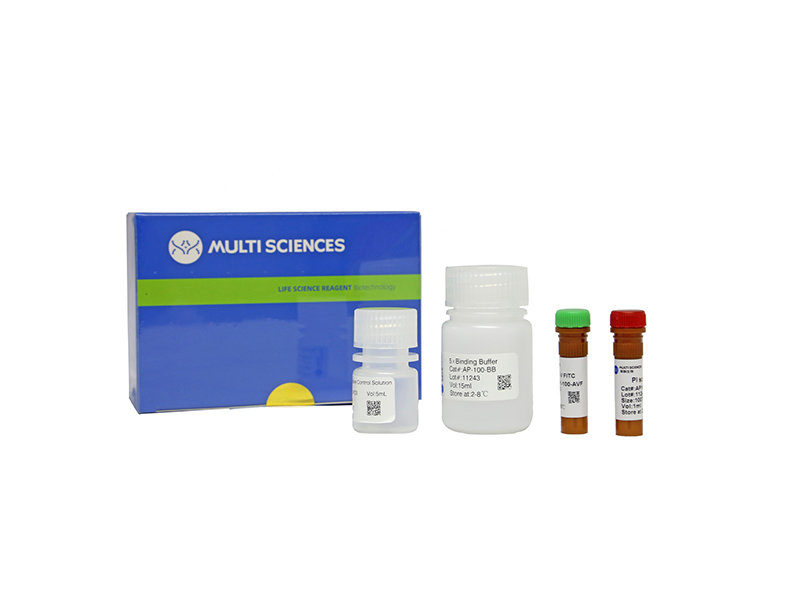Problem:Does aquaporin 3 (AQP3) affect the migration and invasion of human extravillous trophoblast (HTR8/Svneo) cells?
Method of study:A lentivirus infection system was used to construct stable cell lines with either AQP3 knockdown or overexpression. RT-PCR and western blotting were used to verify the efficiencies of AQP3 knockdown or overexpression in HTR8/Svneo cells at mRNA and protein levels, respectively. Cell Counting Kit-8 and flow cytometry assays were used to detect the influence of AQP3 knockdown or overexpression on proliferation and apoptosis of HTR8/Svneo cells. In addition, wound healing and Transwell invasion assays were used to detect the effects of AQP3 knockdown or overexpression on migration and invasion capabilities of HTR8/Svneo cells. An Agilent gene chip was used to screen for significant differentially expressed genes after AQP3 knockdown. Finally, mechanisms by which AQP3 influences the migration and invasion of HTR8/Svneo cells were explored using bioinformatic analysis.
Results:Compared with controls, migration and invasion capabilities of HTR8/Svneo cells were significantly reduced after AQP3 knockdown, and significantly increased after AQP3 overexpression. Subsequent bioinformatic analysis of gene chip expression profiles indicated downregulation of genes related to adhesion such as PDGF-B, as well as signaling pathways (such as PIK3/AKT, NF-κB, and TNF) after AQP3 knockdown.
Conclusions:AQP3 could significantly promote migration and invasion capabilities of human extravillous trophoblasts, it may mediate embryo invasion and adhesion to endometrium by regulating PDGF-B, PIK3/AKT signaling pathways, although this requires further verification.
文章引用产品列表
-
- AT104 67 Citations
- 凋亡试剂盒
Annexin V-PE/7-AAD Apoptosis Kit(细胞凋亡试剂盒 - 贴壁细胞专用)
- ¥1,010.00 – ¥2,090.00
-
- AP104 95 Citations
- 凋亡试剂盒
Annexin V-PE/7-AAD Apoptosis Kit 细胞凋亡试剂盒
- ¥780.00 – ¥1,860.00



